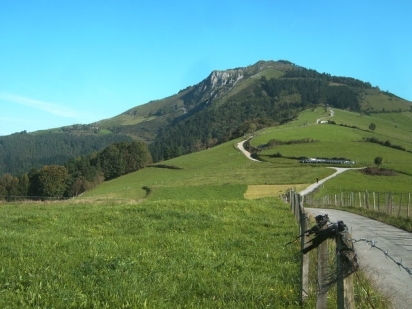Sustainability: from definition to the right scale of management
<p> In the interview between Arantza Aldezabal and Ana Galarraga it was stressed that not all greenhouse gases can be lumped together.</p>

On the one hand, the CO2 resulting from fossil fuels, i.e. coal and oil, has a cycle that can last hundreds of years as CO2 and builds up in the atmosphere. On the other hand, there is biogenic carbon, i.e. methane. Methane has a different, much lighter life cycle. It lasts for 10 years as methane in the atmosphere, then turns into CO2, which is captured by plants via photosynthesis and goes back into the cycle. Apart from carbon dioxide, nitrous oxide must be taken into account. Nitrous oxide is 256 times harder than CO2, making it a gas to be reduced to a minimum, to which end numerous research projects are under way.
How does all this affect the primary sector? As Aldezabal commented, production and productivity remain the primary basis of decision-making and the circulation of money. What does this mean? According to Aldezabal, intensive farming will continue, even though it is clearly polluting and is a system that leads to a loss of biodiversity. Extensive livestock farming, on the other hand, is less productive, but offers other benefits such as protecting the landscape and maintaining or increasing biodiversity. In this context, quality also needs to be taken into account. There are data and publications to prove that milk and cheeses from livestock that graze freely on hillsides are in fact healthier. Measurable indicators must be used to prove effective compliance with the targets set or established in this field. This would be a major step forward and, according to Aldezabal, would certainly usher in a new farming model. We are realising that the channel from producer to consumer is the right one and we are all seeking it more and more.

